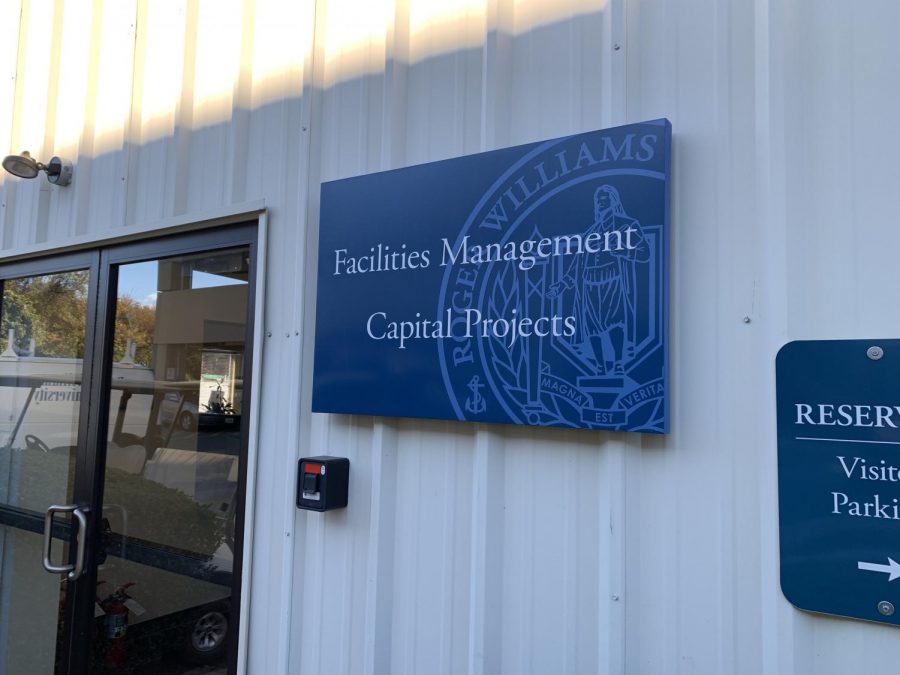How does RWU handle storms/emergency situations post-COVID?
Late October Nor’easter sends university into Level 4 operations
Rachel Dvareckas/The Hawks’ Herald
Bill Seymour is the Assistant Vice President of Facilities Management and Capital Projects is one of the members of the Emergency Response Team.
Uprooted trees. Downed power lines. Heavy gusts of wind. These were common sights last week, as the first inclement weather event of the school year occurred. The Nor’easter that hit campus on Tuesday night and persisted throughout Wednesday canceled campus activities and switched classes to remote learning.
William Seymour, the Assistant Vice President (AVP) of Facilities and Capital Projects as well as the lead of the Emergency Response Team (ERT) explained what the ERT exactly is and how it operates.
“The Emergency Response Team is comprised of a number of key leaders within the university from basically all sides of the house, academic affairs, student life, communications, facilities, residence life, and in the instance where there is a potential for change in the operational status of the university we meet and discuss what the circumstances are and how we need to respond to it,” Seymour said.
In terms of events the ERT covers, he said, “It can be weather related, it can be power related, there can be any number of contingencies that bring us together.”
Seymour said prior to a bad weather event or an event that necessitates mobilizing the ERT he sets up a call with the other ERT members to review preparedness the day prior to an event.
The ERT relies on two different weather services they subscribe to for “specific, very timely projections as to what a weather event is going to entail and whether we could be at risk,” according to Seymour.
Seymour explained the ERT’s process for last week’s event.
“In the case of the Nor’easter that we just had, it was pretty much an evening event, and we agreed to meet at 5:30 the next morning, while the event was still going on, to talk about any damages that the university had sustained, any need for modification of operational status, and there are four levels of operational status,” Seymour said. “In the case of the Nor’easter this past week, we went to a Level 4, which means essential personnel only report to campus, and everyone else, to the extent that they can, work remotely.”
As to what changes the operating levels have seen post-COVID, Seymour said, “The operating levels never previously talked about working from home or learning from home, or remote learning. There are four categories that have been redefined in light of our investment in technology and the realization that we can work from home and work remotely.”
Chief of Staff, Brian Williams is in charge of communicating with the community for these emergency situations, he does this when action is necessary.
“It basically comes to a point when the university needs to take some sort of action or be prepared for action, that’s sort of the gauge of reaching out to the community when we feel there’s something imminent that might affect our operations or the safety of the community,” said Williams.
Williams said the university wanted to send a lot of communication during the storm.
“For this first weather incident of this year, we air on the side of over communicating in a storm because different people may have access to different devices at different times,” said Williams. “You may lose power in your house and not have cable and not be able to get on the internet, but you still have your phone and can receive a text.”





